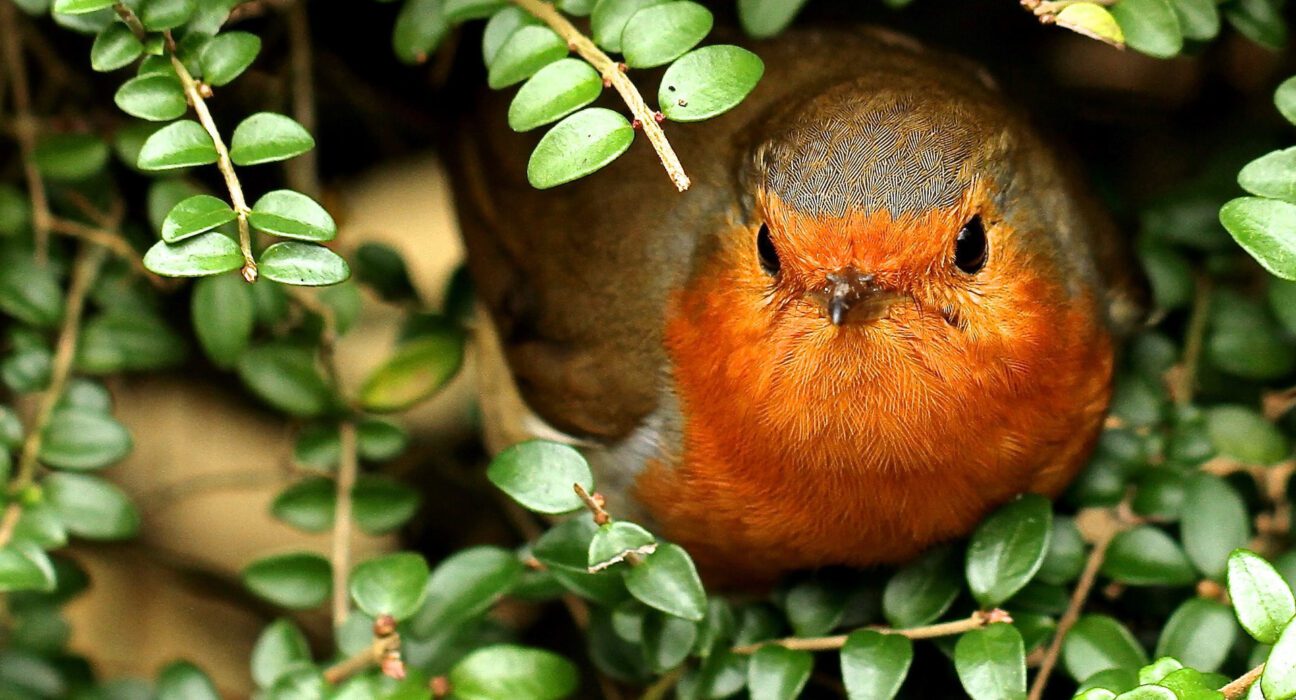Innovative financing is needed for nature-based solutions, which protect biodiversity and combat climate change.
Nature is in deep trouble. The losses in our planet’s biodiversity – in our forests, oceans, species – are at a crisis point. By some estimates, two fifths of the world’s most significant marine biodiversity has already been lost, nearly one third of freshwater fish are threatened with extinction, around 16% of global tree cover was lost in the last 20 years alone, and hundreds of unique animals have vanished.
Asia and the Pacific is especially threatened with extreme losses in some of the most biodiverse areas in the world. Southeast Asia hosts 51 of the world’s 70 mangrove species, three fourths of the world’s coral reefs, and 23 of the 50 seagrass species. Habitat loss, deforestation, pollution, and species overexploitation threaten these ecosystems, and it is estimated that at the current pace, 40% of the region’s biodiversity may vanish, and 42% of species may be lost by 2100.
The ecosystem of forests, oceans, and soil, together absorbs a half of the planet’s carbon dioxide emissions, acting as a giant ‘carbon sink’ – better than any technology. Oceans with their seagrasses, mangroves and algae are able to absorb carbon dioxide from the atmosphere at a rate four times higher than terrestrial forests.
Degradation of this ecosystem not only reduces this absorption capacity but actually leads to rising carbon emissions from burning or clearing of forests. It is estimated that clearing forests for plantations and drainage of peat soils in Southeast Asia has even made the forest areas a net source of carbon emissions. Globally, unrestricted land use change and soil degradation could lead to 17% more annual greenhouse gas emissions.
Bees and birds, in their role as pollinators, are also crucial for food security, nutrition and livelihoods with an estimated 75% of the top 115 global food crops – including coffee, almonds, cherries – depending on pollination. Habitat destruction and climate change is already leading to a decline in the populations of nearly half of all insect species worldwide, and a third could disappear altogether by the century’s end. Southeast Asia’s fisheries alone contribute approximately 50% of global production, $51 billion in value, a major economic factor in the livelihoods of the numerous coastal population regions in Southeast Asia.
We must therefore incorporate nature positive designs in all development urgently and immediately. The core idea of “nature-based solutions” is exactly that – practical actions that are inspired by nature and protect, and even restore, biodiversity and natural ecosystems, while still addressing societal challenges.
Such actions can be incorporated in all projects – whether species conservation directly or infrastructure projects such as using mangroves for coastal protection. Indeed, the UN Biodiversity Conference in Montreal, in December 2022, emphasized the focus on nature as vital to limiting global warming to 1.5 degrees and set targets for conservation of at least 30% of the world’s natural resources and restoration of at least 30% of degraded ecosystems.
We must incorporate nature positive designs in all development urgently and immediately.
But where is the much-needed finance? Finance is the key, and a lot of it is needed – almost $700 billion annually by some estimates – for nature-based solutions. This includes supporting farmers looking to new harvesting approaches; reforestation; wetlands protection for bird flyways; ocean pollution, and others. Government budgets are insufficient but most commercial banks or equity funds will also be cautious in financing nature given perceived financial risks.
Innovative nature finance instruments are needed along with better risk mitigation measures from government and development funds. For instance, government funds used as guarantees to assure financial returns to private investors can help in multiplying – several times over – the volume of private capital flowing to nature projects and closing the financing gaps for countries.
Nature-impact related bonds could be key in raising large amount of funds quickly from the capital markets. Issuances of green, social, sustainable bonds in Thailand alone between 2020-2022 raised almost $2 billion. Models for nature finance instruments include Uruguay’s 2020 sustainability-linked bond, Seychelles’ debt-to-finance marine conservation swap, Belize’s $364 million debt-for-nature swap, and the 2022 Rhino Bond issuance. Other innovative instruments being developed include biodiversity credits, blended finance instruments, and pooled debt funds.
Finance hubs focused on nature solutions can also help by developing and tailoring innovative finance instruments and de-risking measures to each country’s local or even sectoral context, along with building local capacities. This will be critical to ensuring that nature finance instruments are understood, scaled up, have the appropriate pipeline of projects with nature positive impacts, and can be mainstreamed in development policy over the long term.
Scaling up finance for nature protection is critical to meet the goals of both climate resilience and biodiversity conservation. We need to take these actions now.
Source : Asian Development blogs





